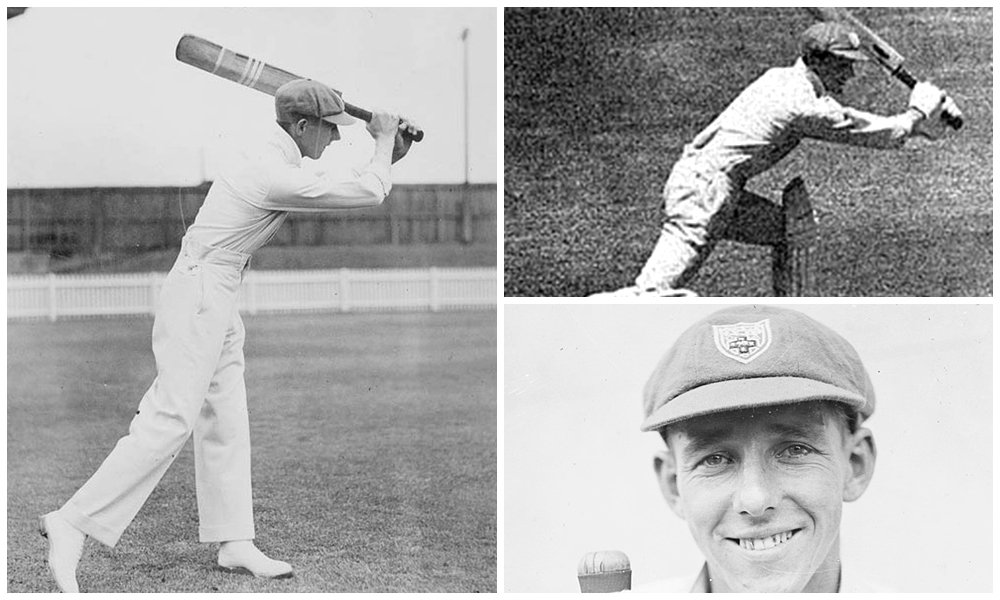New South Wales had Archie Jackson, who wished him to live a longer life. He was born on September 5, 1909, in Rutherglen, Lanarkshire, Scotland. At the tragically young age of 23, Jackson died from tuberculosis, leaving only traces of an even more promising future. Some cricket experts believe he would have gone further than Don Bradman.
A graceful batsman with his bat held high on the handle and his cap brim drooping like a guardsman’s His leg glances were casually elegant, with subtle wrists steering the ball square and late. His footwork was light, and as his cover drove, his body would incline like a ballet dancer. In short, he was an artist with a genius for timing and placement. As an outfielder, he was superb. At the age of 17, Archie Jackson made his debut for his state, and his first season, 1926–27, brought him 464 runs (58.00).
The following year, promoted to the opening slot, he made a brilliant hundred of 131 and 122—the latter century coming in two hours against South Australia at Sydney. He toured New Zealand with an Australian side in 1927–28, averaging 49.50. Australian cricket was in a transitional state, and young-class batsmen were being eagerly accepted.

The batsman was known for his graceful leg glances, wrist flicks through the covers, and exquisite footwork, which punctuated his innings. As a player, Jackson was a poet. It was a pleasure to watch him play cricket. Being daring. He was often described as having elegant batting. He was tall and slim, but his movements were graceful and lethargic, according to Bradman.
Archie Jackson was just 19 when he made his Test debut in the fourth match against England at Adelaide in 1928–29. He opened the inning with Bill Woodfull and hit a brilliant 164 off 331 balls with the help of 15 fours. He was unparalleled in his brilliance of execution during this delightful display. In the first over after lunch, he reached three figures with a glorious square drive off Harold Larwood.
Archie Jackson’s career-highest score of 182 in the Test Trial for Ryder’s XI against Woodfull’s XI ensured his selection for the 1930 England tour. Possibly the sickness that carried him off less than three years later was already affecting him, but he was rarely at his best in England, though he reached his 1,000 at the Oval in the final Test, when he made 73, helping Bradman add 243 for the fourth wicket, then a record.
He appeared against the West Indies on the first Australian tour of 1930–31, but he was by now regularly fighting poor health. While in the hospital on his deathbed, he became engaged. In twenty-three Sheffield Shield matches, he made 1,858 runs at an impressive average of 64.
His first-class career spans from 1926 to 1930. In 70 FC matches, he scored 4,383 runs (45.65), including 11 centuries, 23 half-centuries, and 26 catches. In 8 Test matches, he accumulated 474 runs at 47.40, including 1 century, 2 fifties, and 7 catches.
Archie Jackson was originally from Scotland, where he was born; he was considered a second Victor Trumper. The love Archie had for cricket was not limited to his teammates. The people who knew him in everyday life or observed him when he was playing cricket admired him. He grew up in the quiet, self-effacing suburb of Balmain, a tough working-class suburb by the water. He was humble and always thought of others.
Archibald Jackson is a graceful rival to Don Bradman as the greatest batsman of all time. He died on February 16, 1933, in Clayfields, Brisbane, Queensland, at the age of 23 years and 164 days, when England won the Bodyline series to regain the Ashes.
